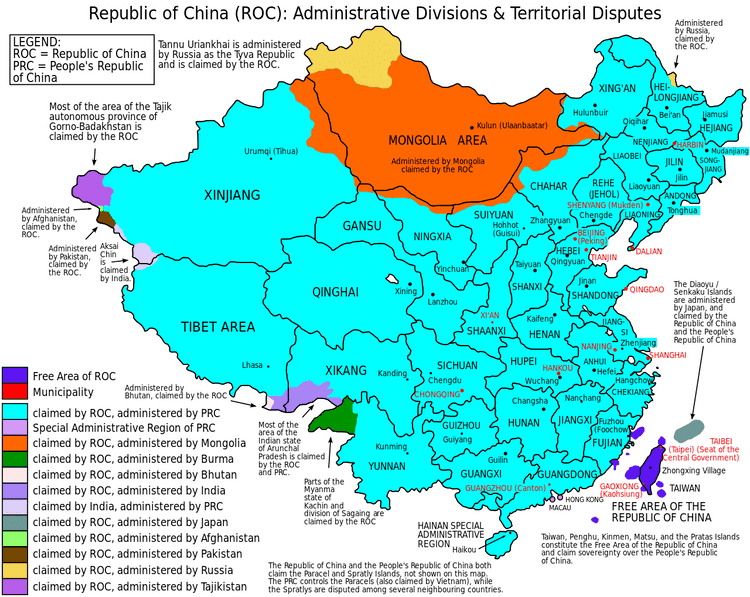Simplified Chinese 大中华地区 Hanyu Pinyin Hokkien POJ Tāi Tiong-hôa tē-khu | Traditional Chinese 大中華地區 Jyutping daai zung waa dei keoi Chinese 中文世界 | |
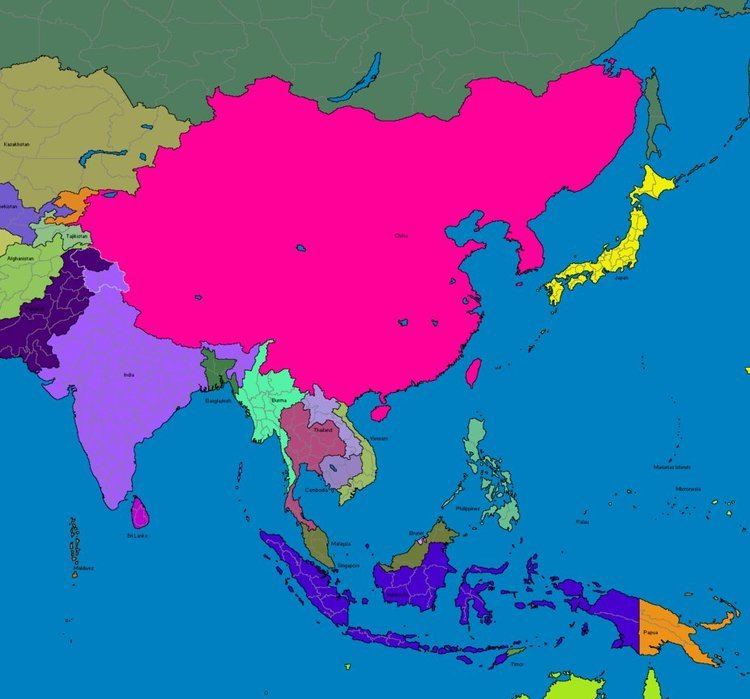 | ||
Greater china today the people s republic taiwan and hong kong harvardx on edx about video
Greater China or the Greater China Region is a term used to refer to Mainland China, Hong Kong, Macau and Taiwan. As a "phrase of the moment", the precise meaning is not entirely clear, and people may use it for only the commercial ties or only for the cultural actions. The term is not specifically political in usage; ties common between the geographical regions, for instance Chinese-language television, film and music entertainment is commonly attributed to be a cultural aspect of "Greater China". The term is also used with reference to business/economic development, such as Focus Taiwan reporting on "economic integration in the Greater China region". Usage of the term may also vary as to the geographic regions it is meant to imply.
Contents
- Greater china today the people s republic taiwan and hong kong harvardx on edx about video
- History
- Usage in finance
- Political usage
- References

The term Greater China is generally used for referring to the cultural and economic ties between the relevant territories, and is not intended to imply sovereignty. But to avoid any political connotation, the term Chinese-speaking world or Sinophone world is often used instead of Greater China.
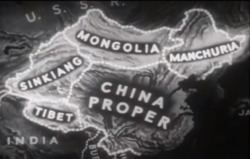
History
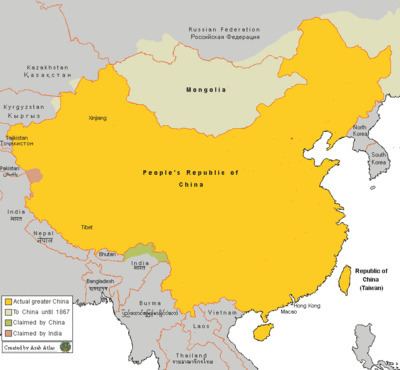
The term was used at least as far back as the 1930s by George Cressey to refer to the entire Chinese Empire, as opposed to China proper. Usage by the United States on government maps in the 1940s as a political term included territories claimed by the Republic of China that were part of the previous empire, or geographically to refer to topographical features associated with China that may or may not have lain entirely within Chinese political borders. The concept began to appear again in Chinese-language sources in the late 1970s, referring the growing commercial ties between the mainland and Hong Kong, with the possibility of extending these to Taiwan, with perhaps the first such reference being in a Taiwanese journal Changqiao in 1979. The English term subsequently re-emerged in the 1980s to refer to the growing economic ties between the regions as well as the possibility of political unification. It is not an institutionalized entity such as the EU or ASEAN. The concept is a generalization to group several markets seen to be closely linked economically and does not imply sovereignty.
Usage in finance
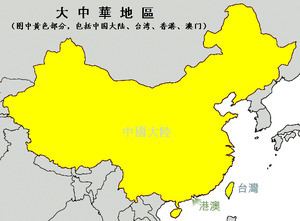
In the financial context, a number of Greater China stocks and funds exist. For example, the ING Greater China Fund invests 80% of its assets in the Greater China region, which in their definition "consists of China, Hong Kong and Taiwan". Similarly, the Dreyfus Greater China Fund invests in assets in companies that "are principally traded in China, Hong Kong or Taiwan" or have either the majority of their assets or revenues from this region., as does the JF Greater China Fund, and the HSBC Greater China Fund prior to February 2009 (after which it dropped Taiwanese assets from its portfolio and was renamed to the HSBC China Region Fund). Numerous other examples exist.
Political usage
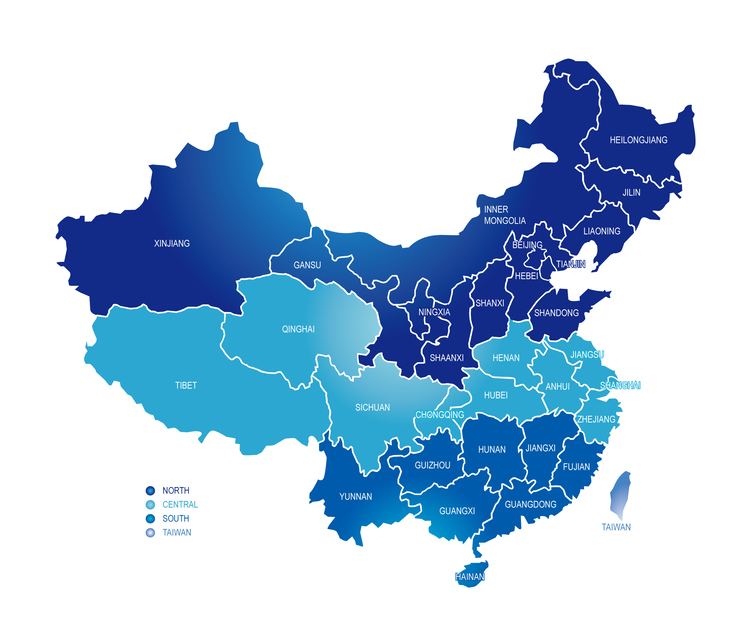
The term is often used to avoid invoking sensitivities over the political status of Taiwan. For some Asians, the term is a reminder of the "Greater East Asia Co-Prosperity Sphere", a euphemism for the region controlled by the Japanese Empire during the Second World War.
